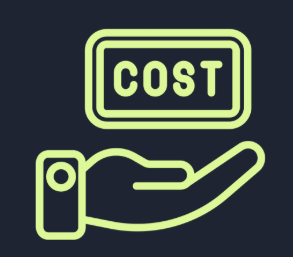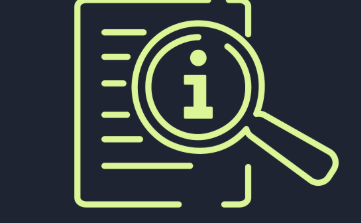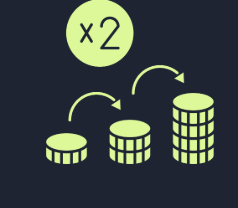ELSS Funds: A Simple Way to Save Tax and Grow Wealth
If you’re scrambling to save tax at year-end, consider ELSS (Equity-Linked Savings Schemes). ELSS lets you claim up to ₹1.5 lakh under Section 80C while investing in equity for long-term growth. With a 3-year lock-in and the potential to build wealth through disciplined SIPs, ELSS can help you reduce tax today and fund future goals—without getting stuck in low-yield products.
AUM
Clients
Google Reviews
350+ Media Mentions
Why Choose ELSS for 80C Tax Saving?
Shortest Lock-In in 80C
Mandatory 3 years vs PPF (15 yrs) and tax-saving FDs (5 yrs).
Growth-Oriented
Equity exposure aims for better inflation-adjusted wealth over long horizons.
SIP-Friendly & Digital
Start online, spread contributions across months, and avoid last-minute lump sums.
.jpg)
Radhika Gupta
MD & CEO
.png)
FinEdge's commitment to delivering elite service and their focus on putting clients first, distinguishes them in the industry. By consistently prioritizing their clients and providing investment platforms that cater to individual financial goals, FinEdge empowers people to achieve their aspirations.
How to Use ELSS the Right Way

Start with your 80C gap, then set a monthly ELSS SIP for the fiscal.

Treat ELSS as long-term (5 –7+ years), not just 3 years.

Stagger investments (SIP/STP); avoid all-at-once year-end entries.

Understand risk: equity NAVs can fluctuate; stay invested.

Close to goals, de-risk gradually instead of timing markets.
Common ELSS Mistakes to Avoid
ELSS works best with process and patience. Skip these traps:
Thinking “3 Years Is Enough”
Aim 5–7+ years to ride market cycles and smooth outcomes.
Ignoring Risk
ELSS is equity-linked; expect ups and downs. Stay goal-focused.
Investing All at Once
Last-minute lumpsums raise timing risk; SIP through the year.
ELSS Essentials: What to Know Before You Invest
What is ELSS?
Equity mutual funds eligible for Section 80C deduction (up to ₹1.5 lakh/yr) with a 3-year lock-in. Each SIP instalment is locked for 3 years from its own date.
How to invest smartly
-
Complete KYC online; set a monthly SIP equal to your 80C shortfall.
-
Prefer growth option if your goal is long-term wealth creation.
-
If markets look stretched, consider SIP/STP over lump sums.
ELSS vs traditional options
-
PPF / Tax-saving FD: lower volatility, but longer lock-ins and typically lower long-run growth potential.
-
Insurance “child/retirement” plans: inflexible, opaque, often low real returns; avoid product-led selling.
Risk & behaviour
ELSS NAVs can be volatile. The win comes from time in the market, not timing. Use reviews to de-risk near goals and keep investments aligned to needs.
Why Choose FinEdge
FinEdge’s goal-based investing platform, Dreams into Action (DiA) blends cutting-edge tech and human expertise to provide unbiased investment guidance.
- No Sales Targets
- No Product Pushing
- No Cross Selling/Upselling
FAQs
NPS: better than fixed income for retirement with extra ₹50,000 deduction (80CCD(1B)), but has equity caps and partial annuitisation at exit.
ELSS: equity-oriented with 3-year lock-in; suitable for long-term wealth + 80C. Many investors combine ELSS (for 80C) and NPS (for the extra 50k).




